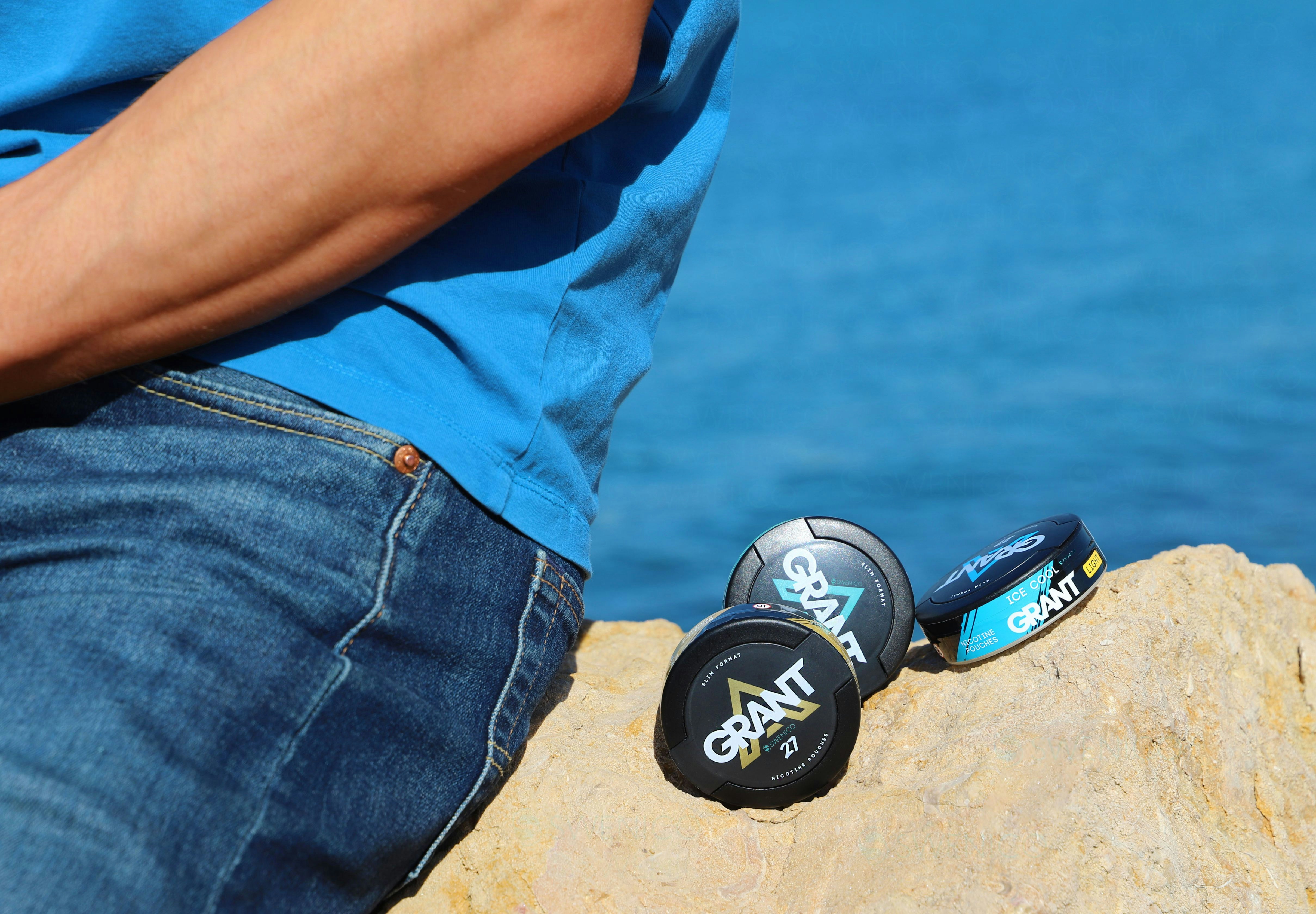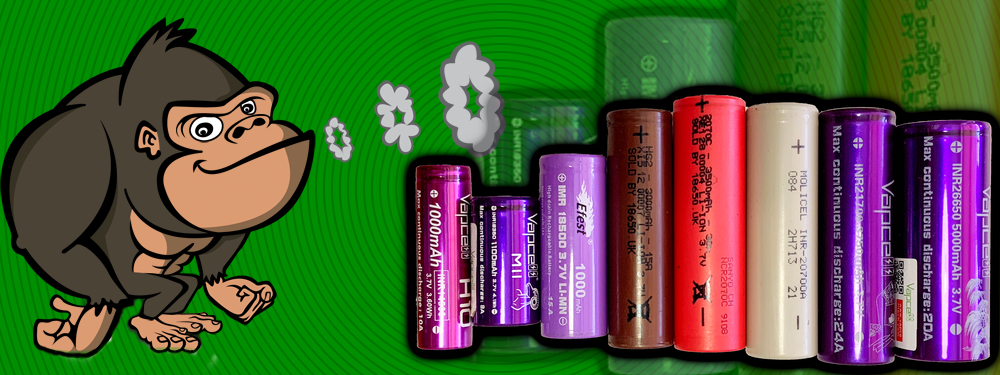What is it?
In 2008 and 2010 the Scientific Committee on Emerging and Newly Identified Health Risks (SCENIHR) provided scientific advice to the Commission on smokeless tobacco products and tobacco additives.
In 2010 Member States (of the EU) were all consulted to discuss and reflect the scientific, market and international developments.
Directive 2001/37/EC covers tobacco smoking ie labelling, images, health warnings, nicotine content etc. In the light of “scientific, market and international developments” they feel there are “discrepancies and expect them to increase”. They are also applying this to “electronic cigarettes and refill containers for electronic cigarettes (‘refill containers’), herbal products for smoking, ingredients and emissions from tobacco products, certain aspects of labelling and packaging and to cross-border distance sales of tobacco products.” They want to “eliminate” the discrepancies and have the same rules applied across any product being of a ‘tobacco’ nature across all Member States due to the size of the Union and the limited production of the products, effectively binding all of the EU countries into one uniformed way of packaging, marketing and illicit trade etc, whilst still maintaining the “benefit from the free movement of goods.”
They do want to take into account any new scientific evidence, reduce tobacco products harm to human life and health, deeming tobacco products not to be a commodity, thereby reducing use among younger people.
Directive 2001/37/EC established maximum limits for tar (10mg), nicotine (1mg) and carbon monoxide yields (10mg) should remain in place and valid. The ‘emissions’ of tar, nicotine and carbon monoxide yields should be tested by and in independent laboratories. Due to the way reports are produced, often differently from each other it is posing problems to accurately interpret all of the results; this is due to ensuring all tobacco manufacturers are able to keep their blend a secret and avoid another manufacturer using their recipe. Whilst manufacturers have restrictions on what they can add to the product, they are able to replace items lost in the process with the same item ie sugar as long as it does not “result in a characterising flavour or increase the addictiveness, toxicity or CMR properties of the product.”
What does make for interesting reading is “tobacco products other than cigarettes and roll-your-own tobacco should be granted an exemption from certain requirements relating to ingredients as long as there is no substantial change of circumstances in terms of sales volumes or consumption patterns of young people.” “Roll-your-own tobacco products, which are mainly consumed by older consumers and small groups of the population.” Furthermore and with this in mind the Union want “to facilitate the smooth functioning of the internal market for tobacco and related products” and impose enforceable age restrictions on the sale and purchase of it.
“All tobacco products have the potential to cause mortality, morbidity and disability.”
Now we are coming to the section that affects us, a vapers. “Nicotine-containing liquid should only be allowed to be placed on the market under this Directive, where the nicotine concentration does not exceed 20 mg/ml. This concentration allows for a delivery of nicotine that is comparable to the permitted dose of nicotine derived from a standard cigarette during the time needed to smoke such a cigarette. In order to limit the risks associated with nicotine, maximum sizes for refill containers, tanks and cartridges should be set.” But what they are not taking into account is vaping for the same length of time, approximately 5 to 10 minutes, is not the same as smoking a tobacco cigarette for the same time period as the nicotine is slowly released compared to the quick hit off a tobacco cigarette. The Union want e-cigs where “consistent levels (of nicotine delivery) should be allowed to be placed on the market.” Using “for health protection, safety and quality purposes, including to avoid the risk of accidental consumption.” Anyone who has vaped to the point of it being too much knows its instant nausea and headaches, same as when having a tobacco cigarette.
Of course the Union are considering the effects of a child getting hold of an e-juice bottle and want “child-proof labelling, fastenings and opening mechanisms.” Also “electronic cigarettes do not break or leak during use and refill.” Well, as we all know, any good and decent vendor already provides the e-juice suitably labelled and in child-proof containers. Leaking during use and refill, can anyone say that their bottle of bleach or other poisonous item doesn’t dibble down the side after using it? Is it really that hard to get a bit of tissue and wipe it away?
“Electronic cigarettes can develop into a gateway to nicotine addiction and ultimately traditional tobacco consumption, as they mimic and normalize the action of smoking.” Well, not, not really, how many scientists and Doctors have conducted research and the results lead them to believe there is nearly zero percent chance of this.
“The Commission and Member States need comprehensive information on market developments as regards electronic cigarettes and refill containers. To this end manufacturers and importers of these products should be subject to reporting obligations on sales volumes, preference of various consumer groups and mode of sales. “ Also “it is necessary that manufacturers, importers and distributors operate an appropriate system for monitoring and recording suspected adverse effects and inform the competent authorities about such effects so that appropriate action can be taken.”
Some good news, not reported by the press “This Directive does not harmonise all aspects of electronic cigarettes or refill containers. For example, the responsibility for adopting rules on flavours remains with the Member States.” But “should be mindful of the potential attractiveness of such products for young people and non smokers.”
Another thing to bear in mind, especially taking into account the current laws in relation to vaping (ie none at the time of writing this) “harmonise the rules on smoke-free environments” as we all are aware it is for the business owner to decide whether they will allow vaping on their premises.
The Union are looking to allow States to make future decisions on tobacco products and any further developments of them, taking into consideration what is set out within the Directive.
TITLE III
ELECTRONIC CIGARETTES AND HERBAL PRODUCTS FOR SMOKING
Article 20
Electronic cigarettes
They want to ensure the Union is notified of new products 6 months before they are placed on the market. The notification must confirm all the descriptions / ingredients and quantities, the manufacture / maker, emissions, toxicological data etc, if the Member State decides there is insufficient information a request will be issued for clarification.
The restrictions will be 10ml e-juice and 2ml cartridge or tank, not exceeding 20mg of nicotine, does not contain additives listed under Article 7(6), only use high quality ingredients, contain leaflets listing warnings, side effects and carry a health warning from the choice of two which are to be decided by the Member States. There is prohibition on promotion, including private or public contribution for events.
Member States will be required to “collect data” and “submit this annually” on “sales”, “brands”, “preferences of consumer groups”, ensuring that the “information is publically available on a website.” The Member States must also “protect trade secrets” and “monitor” the “gateway to nicotine addiction and ultimately traditional tobacco consumption among young people and non-smokers.”
One good point that is covered is any item be on the market or placed on the market be unsafe, not of suitable quality etc steps need to be taken to withdraw or recall it, notifying the “market surveillance authorities of the Member States in which the product is made available or is intended to be made available.”
A “competent authority ascertains or has reasonable grounds to believe that specific electronic cigarettes or refill containers, or a type of electronic cigarette or refill container, could present a serious risk to human health, it may take appropriate provisional measures. It shall immediately inform the Commission and the competent authorities of other Member States of the measures taken and shall communicate any supporting data.”
“The Commission shall submit a report to the European Parliament and the Council on the potential risks to public health associated with the use of refillable electronic cigarettes by 20 May 2016 and whenever appropriate thereafter.”
The full Directive can be read here http://ec.europa.eu/health/tobacco/docs/dir_201440_en.pdf
Going through the Directive there is a lot of jumping around and what we have tried to do is group the relevant information together to make it an easier read. Not always possible for legal documents, but we have done our best. Of course there is a lot more information if you wish to read it, many definitions of each item ie tobacco, roll-your-own tobacco, e-cig, different ingredients, additives etc, however we are all well versed on these so didn’t feel the urge or the need to have to provide these as part of the content.
Where are we at now?
Well, quite a few reports have been produced that discredit a lot of the concerns of the Union but one that we found interesting was this one posted on 11 July 2014 by ECITA who commissioned a report, EU Classification of nicotine mixtures under CLP Regulation 1272/2008 (as amended and corrected) Bibra Proposal 30 June 2014 is what was produced. ECITA have confirmed that “The new report demonstrates that the acute oral and dermal toxic hazards of the strongest consumer e-liquids only merit being classed as category 4 – along with washing-up liquid – while the vast majority of e-liquid (which has nicotine concentrations below 25mg/ml or 2.5%) does not require any type of formal hazard warning as verified by toxicology consultants” As verified by Professors Riccardo Polosa, Bernd Mayer and Dr Jacques Le Houezec.
If you want to read the full report go to http://www.ecita.org.uk/blog/index.php/how-toxic-is-e-liquid/
And this was not enough Totally Wicked have launched a legal challenge against the EU Tobacco Products Directive, they are seeking approval from the British courts to see if they can lodge a case with the European courts due to Article 20 breaching EU Law. How it “represents a disproportionate impediment to the free movement of goods and the free provision of services, places electronic cigarettes at an unjustified competitive disadvantage to tobacco products, fails to comply with the general EU principle of equality and breaches the fundamental rights of electronic cigarette manufacturers.”
Whilst permission has been obtained from the UKs Administrative Court to “bring a judicial review, after court proceedings were issued against the UK Secretary of State for Health, it was asked for the UK court to refer the lawfulness of Article 20 for a ‘preliminary ruling’ by the Court of Justice of the EU (CJEU). The Secretary for the State maintains Article 20 is lawful, but accepts the issues should be referred to the CJEU.” The hearing is scheduled for the 6 October 2014.
“If the matter is referred to CJEU, it is expected a hearing to take place in 2015 to determine whether Article 20 breaches EU Law.”
Toby Kilroy
Writer at POTVToby has been vaping since early 2012 and has used an array of devices and kit in that time. He sometimes writes up reviews but is often found with his head stuck in pages of code with a confused smile on his face. Toby also helps run his wife's site gethistory.co.uk and has two children. He sometimes fondly remembers having free time and occasionally manages to sneak away to put his head into a good book!
Join the discussion
Guidelines for Successfully Quitting Smoking with Nicotine Pouches
Nicotine pouches are not only a great way to get rid of aggressive smoking habits, but a substitute for smoking as well. Let’s discuss these nicotine pouches and how you can use them to successfully get rid of your chain-smoking practices.
The POTV Guide To Batteries
The POTV guide to batteries aims to answer all of your questions regarding lithium-ion cells for vaping
The POTV Guide to the Politics of Vaping
This guide looks at the laws that control what, how and where we vape as well as introducing the groups, charities and organisations that work to influence government policy
Can Pregnant Women Use Ecigs?
There are compelling reasons to quit smoking when pregnant, but should expectant mothers switch to vaping?






-listing400.jpg)




